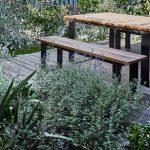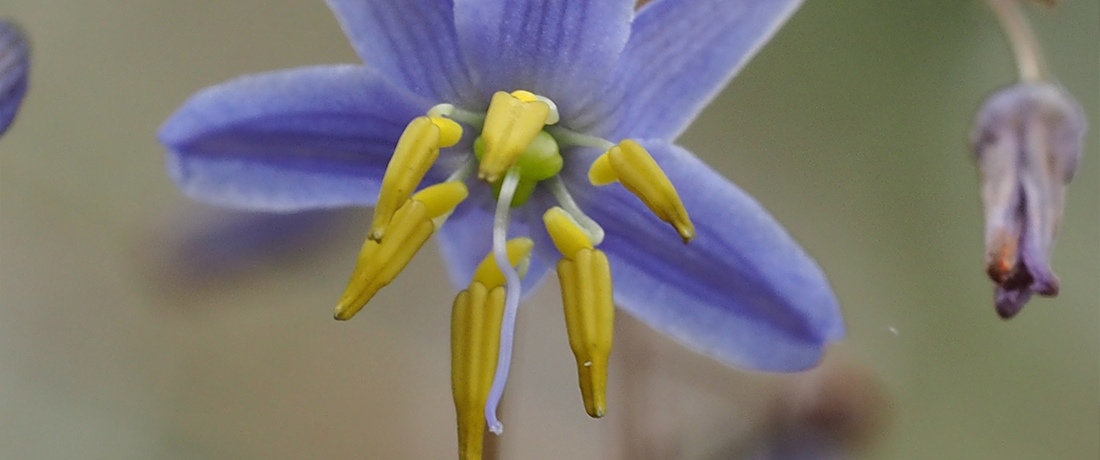
September is possibly the most hope filled month for gardeners. Lots of walks and peering over front fences, has led to plenty of inspiration. Gardening is such a fun journey to be on. You can borrow ideas from neighbours, friends pass over cuttings, advice is generously given. Spring is the turning point for planting options….so many new plants become available over the next three months, it is paradise for gardeners! Winter is behind us, and the sun is on our face.
September in your Vegie Garden
Click here for a full list of herbs, fruit and vegies that can be planted in Melbourne this month.
Now spring is truly here we can indulge ourselves and run amok in the vegie garden. Whilst it is still early to plant some of the summer seedlings, now is the time to prepare the vegie garden in preparation for your summer crops. This involves replenishing the fertility of the soil, since vegies are greedy feeders and the last crop will have used up many of the nutrients. If you have planted a green manure crop over winter, this can also be dug through the soil. These legume species contain valuable bacteria in their root nodules, which fix the air-borne nitrogen into a soluble form for plants to take up. Dig in lots of well-rotted manure and mushroom compost to create a rich, friable texture. Vegie plants especially love this rich combination. This organic matter in the soil is also wonderful for holding onto water.
In early spring, the soil temperatures remain quite cool, so it is still early to put in warm season vegies as these will not grow well until the soil temperatures are around 20 degrees, which happens once the days are consistently above 20 degrees and the nights are higher than 10 degrees. If you have a greenhouse the warmth-loving seedlings, such as cucumber, tomato, basil, eggplant, pumpkin and eggplant can be raised from seed or seedlings in this snug environment to get off to a head start. Cooler season crops such as lettuces, silver beet and spinach can all be planted out now so they will be able to be harvested whilst the longer-term crops are growing.
Keep in mind the frost warnings in the planting lists. Here in Bulleen we get some of our worst frosts in September. If you are sowing these plants from seed they really need to be done in trays in a protected position for 4-6 weeks before planting in the ground. If you are planting seedlings with a frost warning you will need to cover them at night if we are expecting a morning frost. Dennis has been stocking cute mini greenhouses – little plastic cloches – perfect for early tender seedlings.
When planning your vegie garden, try to rotate the type of crop in each bed, each consecutive year, to ensure that a leafy, nitrogen-loving plant is followed by a root crop that requires lots of phosphorous, or a flowering crop such as pumpkin that will need potassium. This way, the chance of soil-borne diseases is minimised and the nutrients are kept in balance in the soil. Each successive crop will get maximum nutrition to grow healthily and abundantly. Alternatively, to maximise your available growing space, you can plant guilds. These are combinations of plants that grow well together, often utilising the different layers of space. For example, a zucchini growing beneath sweet corn with beans climbing up the corn, which supports its growth. The different habits, growth rates and nutrient requirements allow these plants to coexist happily in the same area. This is one idea of permaculture, a system of sustainable edible gardening.
Many seedlings can be raised now but keep cold tender seedlings under glass or clear plastic, or in propagation boxes, such as: capsicum, cucumber, eggplant, pumpkin, tomatoes and zucchini. There is plenty of time yet before they need to go into the soil outside.
Your spring vegetable garden can take on seeds or (for those less patient) seedlings of leeks, onions, cabbage, parsley, parsnips, cauliflower, peas, radish, silverbeet, lettuce, swedes and turnips. Many herb seeds can be sown now. September is still a good time to plant crowns of rhubarb and asparagus as well as seed potatoes – check to see if these are all available, as they often sell out over winter.
Pruning black passionfruit is recommended now if it threatens to outgrow its allotted space. Cut away the main bulk of leaves and small branches. They are heavy feeders, so lots of chicken manure (or the pelletised version, such as Organic Fertiliser or 5 in 1), with some added potash (for fruit formation) watered in well should reward you with lots of gorgeous flowers and late summer fruit. You could also use Fruit & Citrus Food.
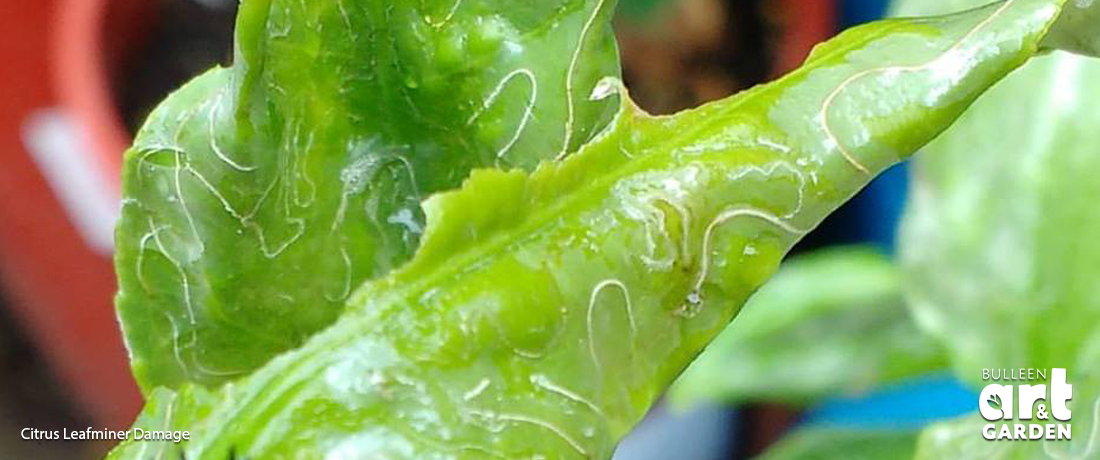
Because of Citrus Gall Wasp and Citrus Leaf Miner (pictured above) we now advocate doing the main feeding and pruning of citrus in late summer or autumn, this encourages the soft new growth in autumn, allowing it time to harden off before spring/summer when these pests are active. If your Citrus is looking a bit hungry now, after bearing all the winter fruit – give it a light feed to carry it over to the main feed next year. Always water in well. Help is now on hand for these infuriating pests. There is now a treatment for Citrus Gall Wasp called Overhaul. Originally imported into Australia as a crop protectant against heat stress, it was noticed that the Gall Wasp attacks were radically reduced. Details are here. Even better, there is a lure and trap for Citrus Leafminer. Using a pheromone to attract the moths and then trapping them. Look for eco-CLM Trap on the shelf – approved for organic gardens.
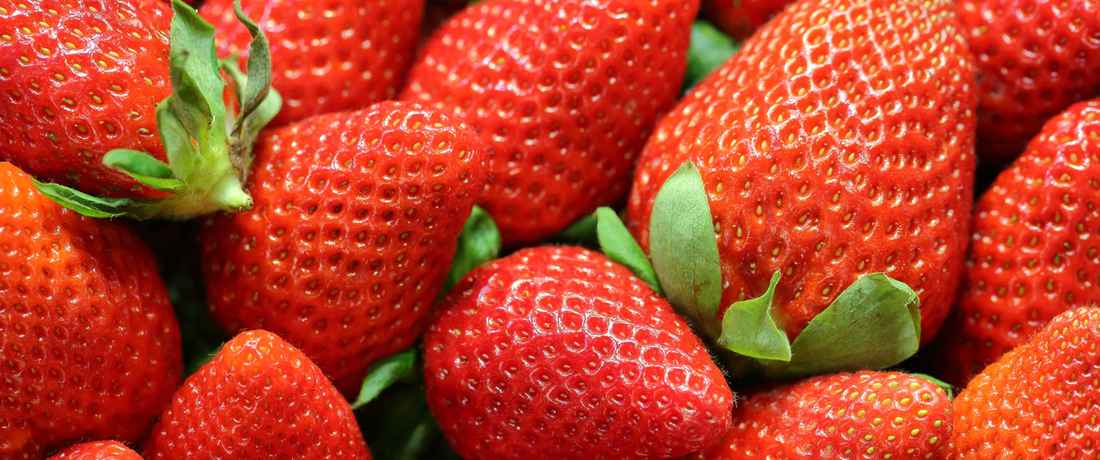
The warming soil makes it a good time to plant another citrus variety – try a Makrut lime (formerly known as Kaffir) if you love Thai food, or a Tahitian lime for a great supply of lime juice. Choose a warm, sunny, well-drained and sheltered spot (away from drafts and wind tunnels).
Strawberries will be needing a pick-me-up after winter. A regular application of a weak liquid manure around strawberries is better than a whole lot all at once. Mulch well also to keep developing fruit off the soil. You might also like to fashion some netting over plants to stop any birds getting to the fruit before you do.
Vegie Seeds
Why not try starting your vegie garden from seeds this year. Enjoy the wonder of tiny plants emerging from the soil and have fun selecting unusual varieties to try. We now have our spring-summer seed range in stock, with tomatoes, cucumbers, zucchinis and lots of other summer delicacies! As well as beautiful flower seeds that can add colour and decoration to the vegie patch. These seeds can be germinated now in the shelter of a hothouse or sunny window, then hardened off in slightly larger pots, until the soil warms up and they can be planted out. Come in and try our organic, non-hybridised (this means you can collect the seed) herb and vegetable seeds. No chemical treatments or inorganic fertilisers are used in their production.
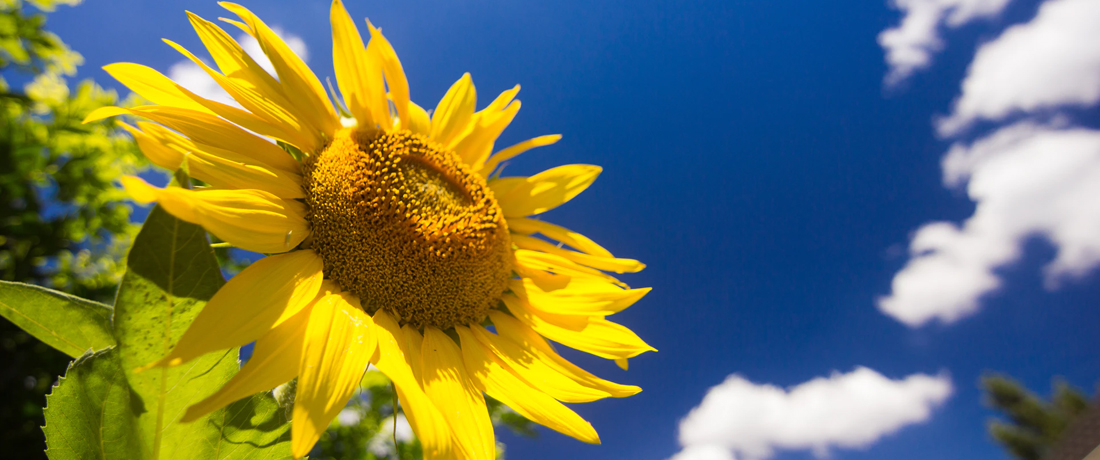
Ornamental Gardening
There are many flowers you can grow from seed now. Try marigolds, salvias, petunias and sunflowers. You can also plant seedlings of old favourites such as asters, delphiniums, foxgloves, snapdragons, cosmos, and dianthus.
Impatiens can seem to flower forever in some gardens but it is a good idea to now cut them back to the ground and feed with animal manure.
Prune native plants after their winter flowering.
Spread manure/blood’n’bone and mulch between shrubs to keep weeds under control while feeding the soil.
Spring bulbs which have finished flowering are now developing next year’s flowers. A light dusting with blood’n’bone or complete bulb food will add extra nutrients to the bulb as it dies back. You must allow them to die back naturally without cutting back the foliage, or tying it up, in order for them to complete their life cycle. If you really must, you can dig out a whole clump without disturbing the root ball and transplant them to a less conspicuous part of garden.
Cyclamens are nearing the end of their brilliant show. Give them a breather by allowing them to dry off and place potted specimens outside under the shade of some shrubs until next February when they start to show life again.
Re-pot pot-bound house-plants now. If the pot is too large the best you can do for them is to scrape away as much of the top of the potting mix as you can without disturbing roots and then replace with enriched mix. A liquid application of seaweed tonic is a wonderful pick-me-up after the winter trials they have endured in hot or stuffy houses.
This month and next month is the ideal time to establish a new lawn, and take advantage of the spring rain. Try a drought tolerant lawn, such as Buffalo or native Microlaena.
Feeding your garden
This is the start of the main feeding regime for most plants. Go organic, do it lightly and regularly, even every 3 weeks from now until the start of autumn. Your fruiting and ornamental trees, shrubs and annuals will appreciate this more than irregular and heavy doses.
Shallow-rooted plants, such as azaleas, rhododendrons, daphnes, pieris, ericas and others will do well now with large quantities of old manures (such as cow or sheep) covered with mulch, or use Azalea and Camellia food.
Liquid feed spring flowering annuals every two weeks. Just a note: Straight Seasol is NOT a fertiliser, to get the needed N,P,K you need to use a fish emulsion or one of the other liquid feeds which has N,P,K (Nitrogen Potassium Phosphorus).
Give your roses, fuchsias and hydrangeas a boost with an all-purpose plant food.
Trials & Tribulations
Aphids
Now that spring is here keep a close eye out for aphids on all soft, young growth… especially on roses, peaches and nectarines. Numbers can increase rapidly if left undetected. Before you reach for the spray, carefully inspect and see if the natural predators are galloping to the rescue. The last six years we have been able to avoid almost all spraying by allowing natural predator numbers to build up and rescue us. We do annual releases of predators. For more information see our Beneficial Bugs page.
Azalea Petal Blight
Keep an eye out for signs of this fungal disease which first appears on the flowers as small, circular spots approximately 2mm in diameter. These spots quickly enlarge into irregular blotches and under humid conditions the flowers brown off and become soft and pulpy. Affected flowers tend to persist on the bush. Remove any affected flowers and dispose of them. Do not add them to the compost as this may contaminate your mix. To control the disease early, spray with a copper based fungicide when the buds start to colour and continue to spray every two weeks during the flowering season.


